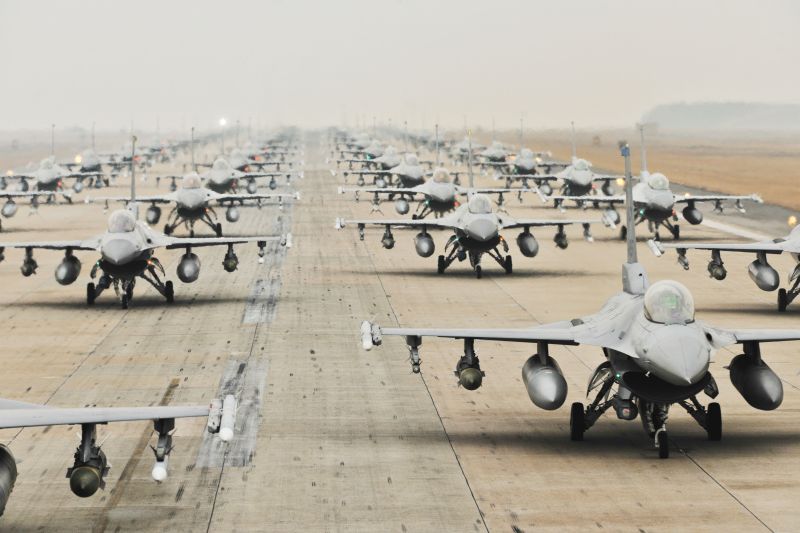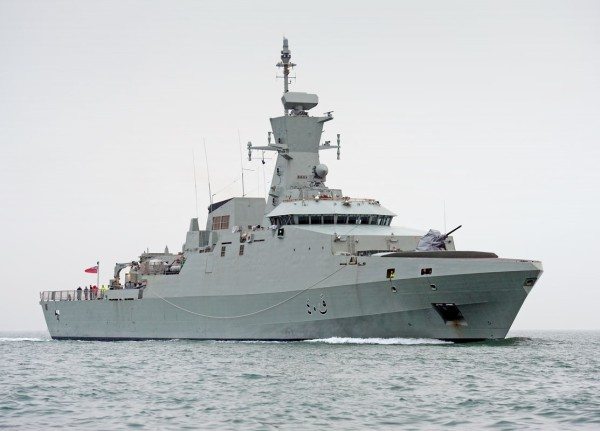According to Air Force sources, the service is suffering from an inferiority complex. It doesn’t get enough respect and recognition for the things it likes to do – flying fighters and dropping ordnance – and receives too many demands for the things it must do but doesn’t like doing as much – airborne ISR, transportation, space and even cyber.
This perception within the Air Force is ironic since it is so good at both that the U.S. military has enjoyed the benefits of air superiority for more than sixty years and every time it tries to cut its supporting function the other services and the Office of the Secretary of Defense scream bloody murder. Apparently, the Air Force isn’t feeling the love.
For what it is worth, my advice to the Air Force leadership is that it is much better to be feared than loved. In his magisterial work on politics and government, The Prince, Niccolo’ Machiavelli addresses the question of the balance a ruler should strike between clemency and cruelty (in other words being loved versus being feared). He states that:
Upon this a question arises: whether it be better to be loved than feared or feared than loved? It may be answered that one should wish to be both, but, because it is difficult to unite them in one person, is much safer to be feared than loved, when, of the two, either must be dispensed with.
There is good news here for the Air Force. It is feared by its adversaries. No other Air Force in the world deploys the same wealth of capabilities, conducts such sophisticated, integrated operations, provides so much support for the joint force or is developing the range of advanced technologies.
This is the force that has the world’s best air superiority fighter, the F-22, the only stealth bomber, the B-2, the most network-capable mid-range tactical platform, the F-35, and even the best close air support aircraft, the A-10. The Iraqi Air Force buried itself in the sand in 2003 rather than fly and face U.S. fighters. In the event of war, China doesn’t want to go mano-a-mano with the U.S. fighter force but plans instead to attack our airfields and aircraft carriers.
When the capacity to achieve air superiority as needed is coupled to that of finding and attacking ground targets, the result is a force that clearly inspires fear among current and prospective adversaries. That is why they are working so hard to neutralize the Air Force’s ability to achieve lethal effects on the ground not only by deploying advanced air defenses but also by hiding, hardening, camouflaging and dispersing their forces. They appreciate the array of airborne and space-based ISR platforms the Air Force deploys, including the venerable U-2, as well as the ability the service has of collecting, moving, processing and disseminating targeting information.
The Air Force is perfecting the so-called kill chain. This was described to me by a senior Air Force official this way: If you hide, we will find you; if you move, we will track you and; if we want to, we will kill you. Pretty fearsome.
These capabilities also inspire love from friendly forces on the ground. The best example of the latter phenomenon is the current squabble in Washington over the proposed plan to retire the venerable A-10. The Army and Marine Corps have lots of ways of providing fire support for forces in combat. Yet, they also want the A-10 because it is such a lethal, survivable and responsive platform. The ground pounders love the Air Force because others fear it.
The Air Force needs to get over its ongoing sense of inferiority and embrace the reality that it is the world’s most lethal killing machine but one that also does lots of windows. The Air Force matters in national security deliberations, war plans, the minds of our enemies and the hearts of the other services because it is a fearsome instrument of war. In the end, when the security of the nation is on the line, this is what will matter.











